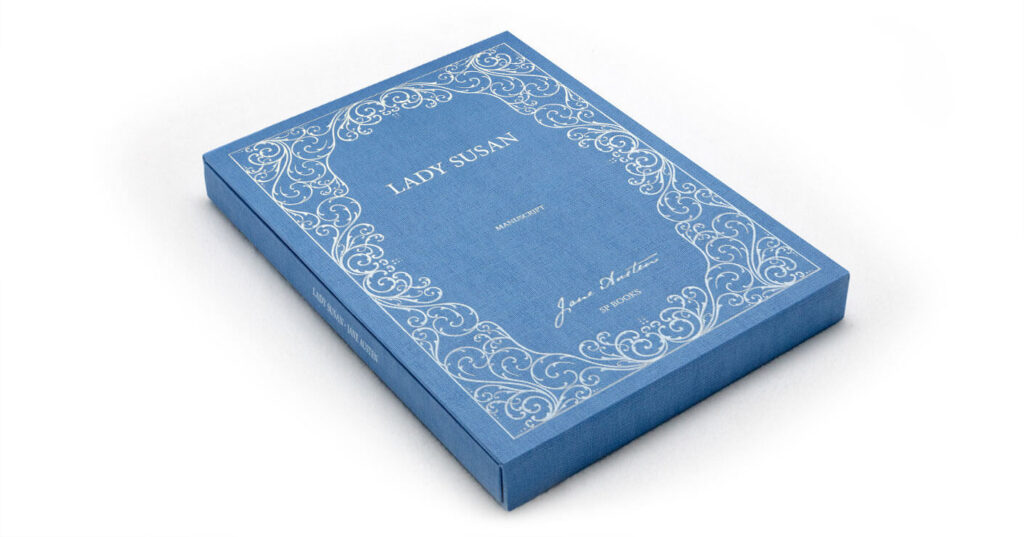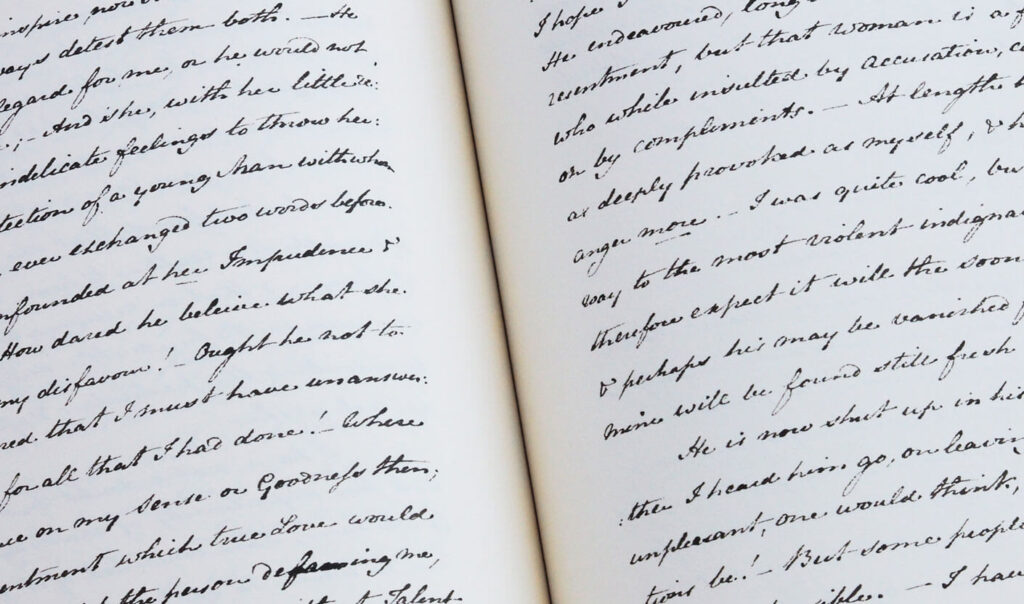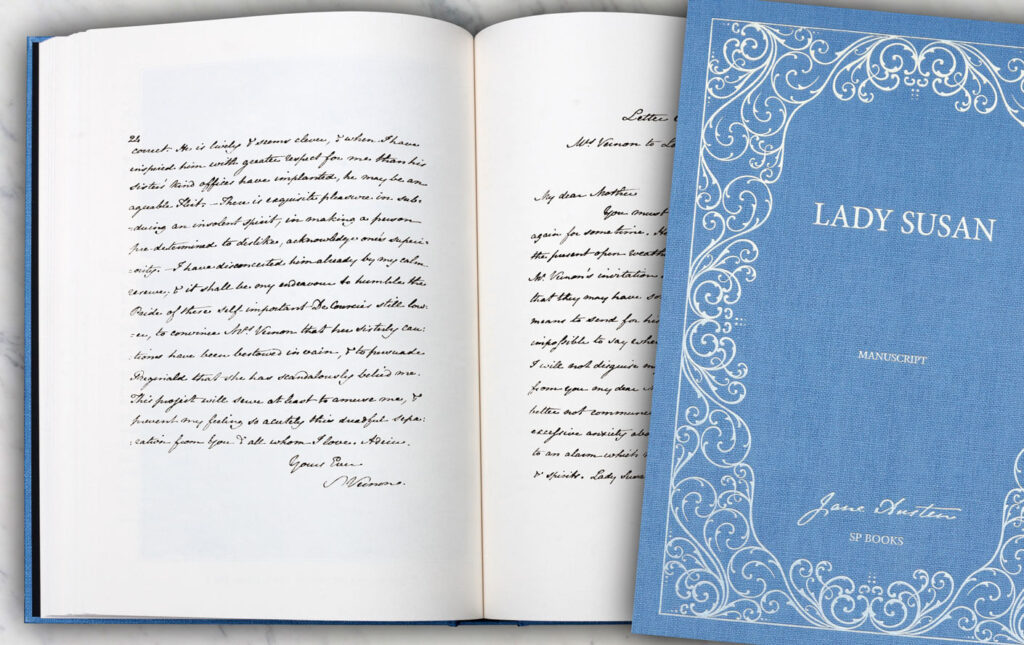In “Lady Susan,” Jane Austen takes readers by surprise with a departure from her usual prototype of female literary characters. As an ardent admirer of the Dashwood sisters and considering Lizzy Bennet the epitome of a perfect heroine, encountering Lady Susan has left me questioning the comedic charm of Austen’s other works.
Rediscovering Austen’s Classic: A Powerfully Flawed Protagonist

Published posthumously, “Lady Susan” by Montesinos publishing house showcases Austen’s ability to transform beauty into a double-edged sword. She presents a woman with a captivating power over the will of others, defying the norms of her time when docility was expected. Through a captivating epistolary format, Austen keeps readers engrossed in a plot that unfolds through a series of letters, leaving us craving more.
Resemblances to Louisa May Alcott: A Surprise Twist
In many ways, Austen’s portrayal of characters in “Lady Susan” reminds me of Louisa May Alcott’s work under the pseudonym AM Barnard. Both authors share a similar narrative style and create intriguing characters. In the case of “Lady Susan,” I found myself even more astonished than when I read Alcott’s dark work, “Behind the Mask,” from the creator of Jo March.
The Unapologetic Lady Susan: A Character Study
Lady Susan, portrayed as a heartless shrew, craves constant attention and treats her own daughter as an adversary compared to the men she considers for her future. Despite being a recent widow, she shamelessly flirts with both single and married men, as long as they possess the financial means to secure her desired lifestyle. Through the letters we read in “Lady Susan,” we witness her calculated visits, manipulations, and her polite and convincing behavior, followed by her candid discussions with an equally self-centered and malicious friend. It is truly fascinating.
A Revealing Quote: Lady Susan’s Mindset

A defining moment in “Lady Susan” encapsulates the protagonist’s mindset. When discussing her daughter and a boy she seeks to manipulate into marriage, Lady Susan says, “I have to punish Frederica, and most rigorously, for having appealed to Reginald’s intercession; I am to punish him for willingly assenting and his subsequent conduct. I must punish my sister-in-law for the insolent look of triumph she has been wearing since Sir James’s departure (…) and I must take revenge for the humiliations inflicted on me in recent days.”
Engrossed in Lady Susan’s Machinations
Lady Susan’s eventful agenda keeps readers captivated, unable to look away from the twisted workings of her mind. Witnessing her actions unfold through Austen’s expert storytelling is a delight that combines both admiration and disdain for such a complex character.
Unveiling a Lesser-Known Side of Jane Austen
Discovering this facet of Jane Austen in “Lady Susan” has been a delightful experience. It is intriguing to imagine what Austen might have created had she been granted more time to introduce characters like Lady Susan. Despite the passage of time since its original publication, “Lady Susan” continues to captivate new readers, offering a character who can be both despised and admired simultaneously.
A Satisfying Literary Pleasure
Reading “Lady Susan,” written by Austen in her twenties and preserved with remarkable freshness through the centuries, has been an immensely satisfying literary pleasure. It is a work that should be enjoyed by all readers seeking entertainment within a world of intrigues and conspiracies.

